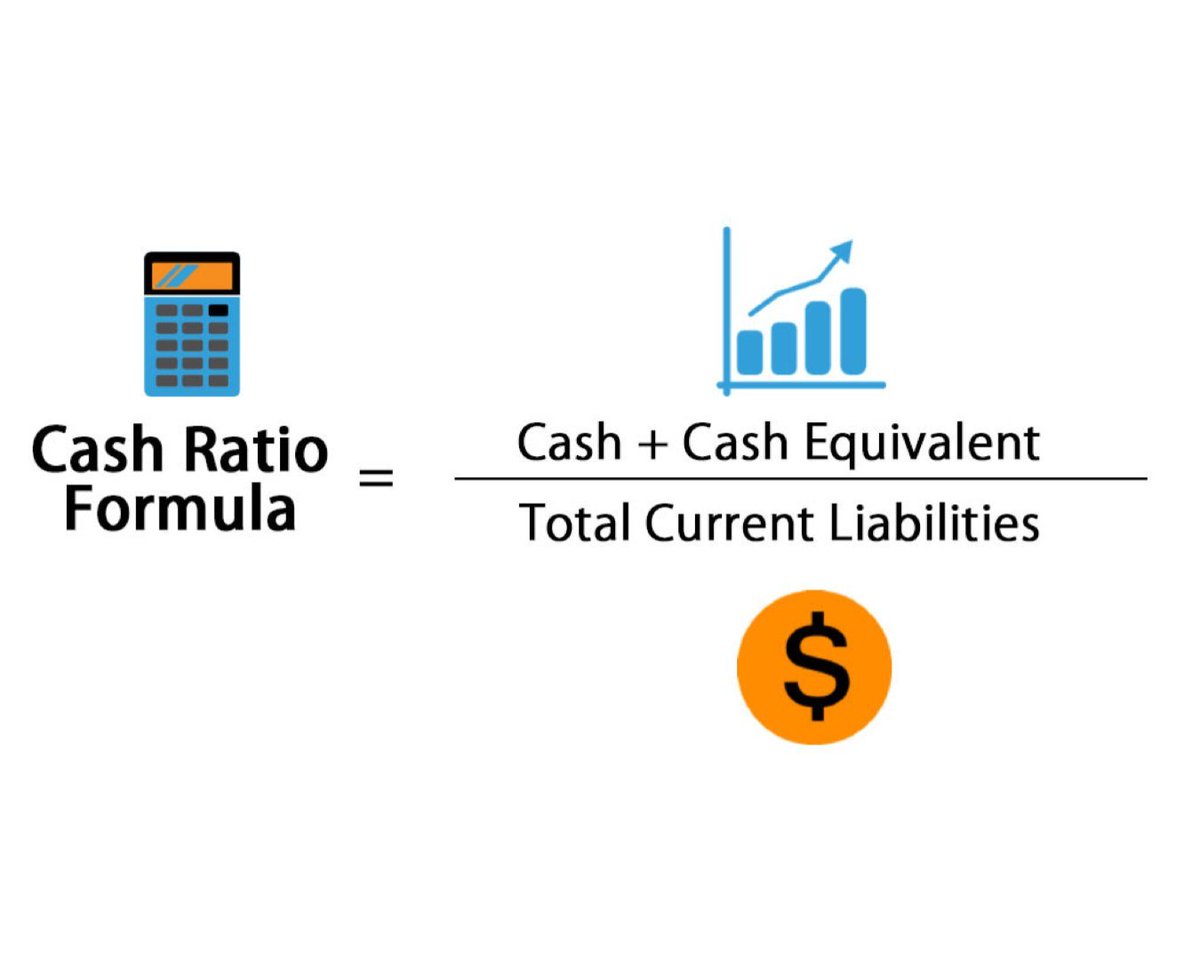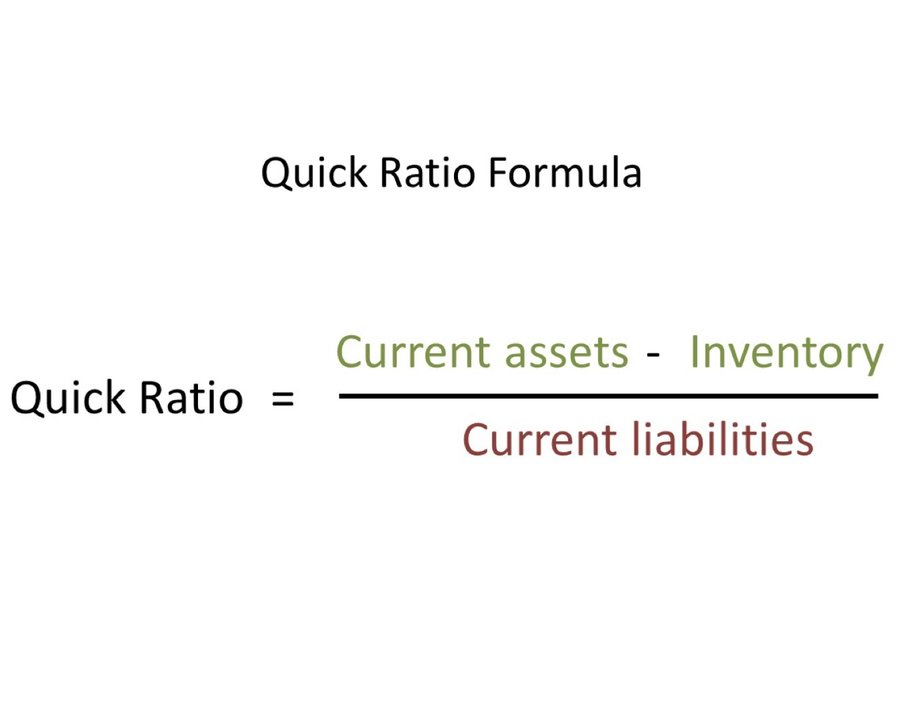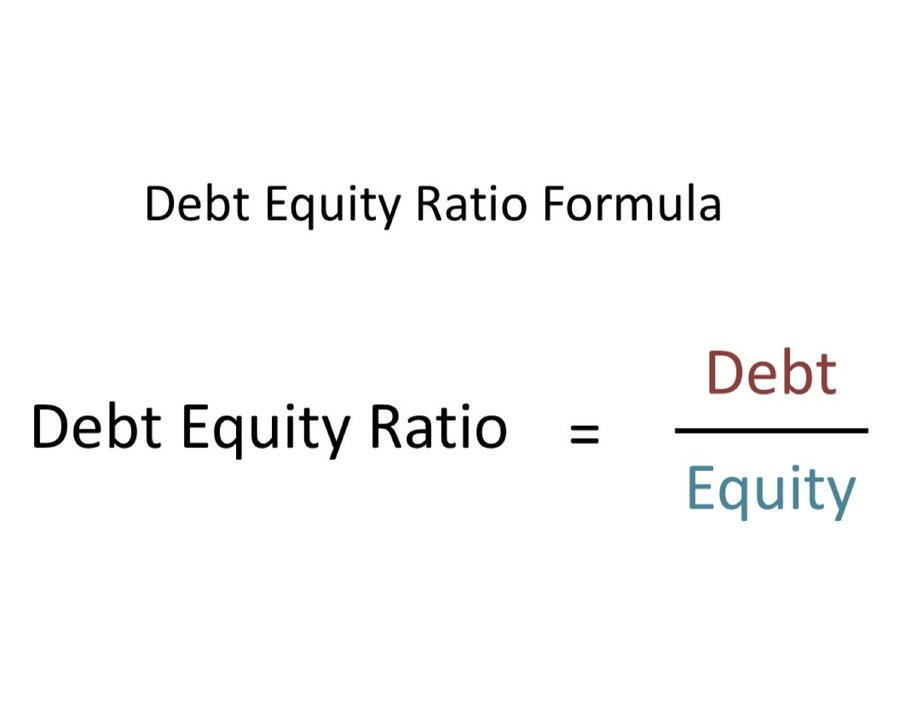

Beginner's guide to understanding a balance sheet
source link: https://nextbigwhat.com/beginners-guide-to-understanding-a-balance-sheet/
Go to the source link to view the article. You can view the picture content, updated content and better typesetting reading experience. If the link is broken, please click the button below to view the snapshot at that time.

Beginner’s guide to understanding a balance sheet

I’ll teach you How to Read a Balance Sheet in the next 7 minutes:
It tells you whether your business is stable and financially healthy:
• Is there cash
• Can you pay your bills
• How much debt do you have
• What is the book value of the business
The structure of a balance sheet is:
Assets = Liabilities + Equity
This formula is intuitive when you remember,
A company has to pay for what it owns (assets) by either:
• borrowing money (liabilities), or
• bringing on investors (equity)
Listed top to bottom in order of liquidity, which is how fast they can be converted to cash:
• cash
• inventory (goods available for sale)
• accounts receivable (what people owe you)
• Fixed assets (land, machinery, equipment, and buildings)
Current liabilities are due within 1 year:
• accounts payable
• income tax payable
• current portion of debt
Long-term liabilities are due at any point after that:
• long-term debt
• mortgages payable
If you sold your assets and paid your liabilities, equity’s what’s left over:
• money contributed (common shares)
• profits taken out of the business (dividends)
• earnings retained in the business (retained earnings)
Now that we know how the financial statement is structured,
we can talk about how to analyze it.
There are three types of ratios we’ll review on the balance sheet:
• liquidity
• solvency
• profitability
Liquidity ratios show your ability to turn assets into cash and include:
• cash ratio
• quick ratio
• current ratio
Solvency ratios show your ability to pay off debts and include:
• cash ratio
• quick ratio
• current ratio
• debt to equity
• interest coverage
• essential solvency ratio
Profitability ratios show your ability to generate income from your balance sheet assets and include:
• return on assets
• return on equity
• return on invested capital
• return on capital employed
The cash ratio measures your total cash and cash equivalents against your total liabilities.
It is an indicator of your value under a worst case scenario, such as a bankruptcy or business shutdown.
A larger ratio is better.

The quick ratio measures your ability to meet your short-term obligations with your most liquid assets – also called the acid test ratio.
A higher ratio = better liquidity and financial health.

The current ratio measures your ability to pay short-term obligations or those due within one year, sometimes called the working capital ratio.
A ratio less than one indicates any debts due within one year are greater than your current assets.

The debt-to-equity ratio compares total liabilities against total equity, and
It’s used to evaluate how much leverage you’re using in your business.
Less than 1 = safe
Greater than 2 = risky
Debt-to-equity is heavily dependent on the industry.

The following ratios will be reviewed when we look at the income statement:
Solvency:
• interest coverage
• essential solvency ratio
Profitability:
• return on assets
• return on equity
• return on invested capital
• return on capital employed
Over 4 weeks we’ll help you:
• make numbers-informed decisions
• stop leaving money on the table
Join now:
https://maven.com/practical-finance/beyond-the-numbers
Follow me @IAmClintMurphy for more content like this.
Retweet the first tweet to help more people see content you enjoy:
https://twitter.com/IAmClintMurphy/status/1595788496542785538
Every Tuesday, I interview an author to help you and me grow personally, professionally and financially.
https://podcasts.apple.com/ca/podcast/the-pursuit-of-learning/id1563282167
Every Thursday morning I’ll simplify psychology, success and money straight to your inbox.
https://www.getrevue.co/profile/Clint_Murphy?via=twitter-card&client=Ios&element=publication-card
Follow: @IAmClintMurphy
[Via]
Download NBW App: Short tech news app for busy professionals. Save time. Move forward. (Android, iOS)
Recommend
About Joyk
Aggregate valuable and interesting links.
Joyk means Joy of geeK